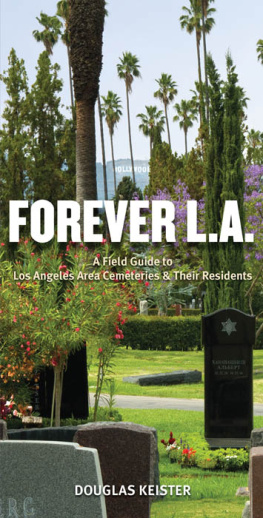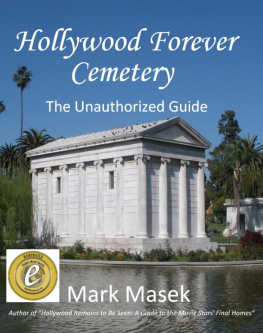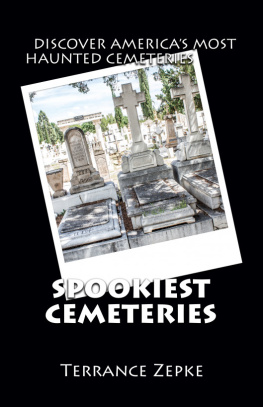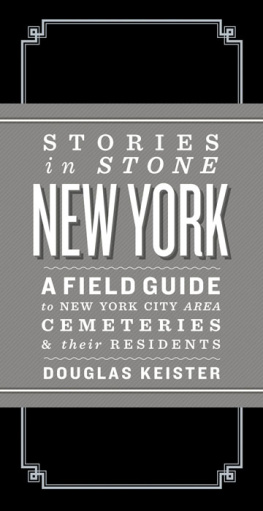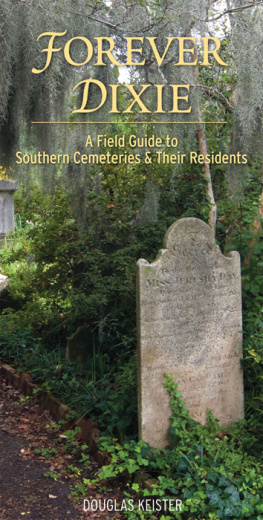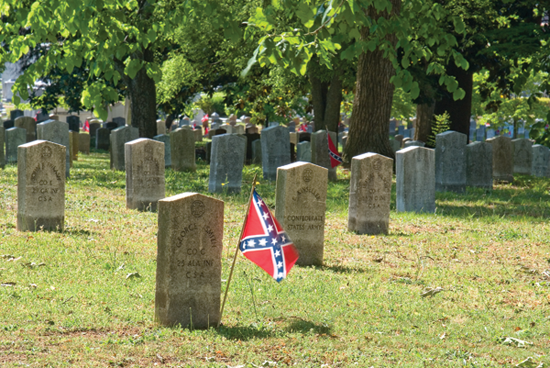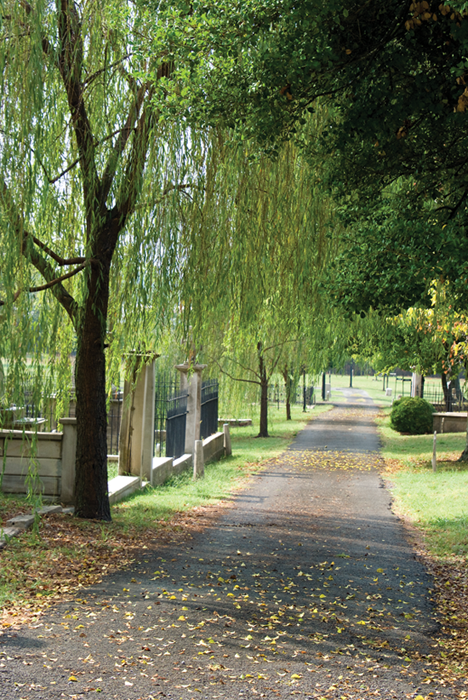Douglas Keister - Forever Dixie: A Field Guide to Southern Cemeteries & Their Residents
Here you can read online Douglas Keister - Forever Dixie: A Field Guide to Southern Cemeteries & Their Residents full text of the book (entire story) in english for free. Download pdf and epub, get meaning, cover and reviews about this ebook. year: 2008, publisher: Gibbs Smith, genre: Romance novel. Description of the work, (preface) as well as reviews are available. Best literature library LitArk.com created for fans of good reading and offers a wide selection of genres:
Romance novel
Science fiction
Adventure
Detective
Science
History
Home and family
Prose
Art
Politics
Computer
Non-fiction
Religion
Business
Children
Humor
Choose a favorite category and find really read worthwhile books. Enjoy immersion in the world of imagination, feel the emotions of the characters or learn something new for yourself, make an fascinating discovery.
- Book:Forever Dixie: A Field Guide to Southern Cemeteries & Their Residents
- Author:
- Publisher:Gibbs Smith
- Genre:
- Year:2008
- Rating:4 / 5
- Favourites:Add to favourites
- Your mark:
Forever Dixie: A Field Guide to Southern Cemeteries & Their Residents: summary, description and annotation
We offer to read an annotation, description, summary or preface (depends on what the author of the book "Forever Dixie: A Field Guide to Southern Cemeteries & Their Residents" wrote himself). If you haven't found the necessary information about the book — write in the comments, we will try to find it.
When author/photographer Douglas Keisters book Stories in Stone came out in 2004, Sunset magazine stated, Keister has done for cemetery exploration what Audubon did for birding. Since then, cemetery fans have been clamoring for more. Keister has answered them with Forever Dixie, an exploration of thirteen of the Souths best cemeteries and forty notable southerners who have chosen to call the South their permanent home. Forever Dixie gives cemetery explorers GPS directions to the graves of famous southerners such as Martin Luther King Jr., Elvis Presley, Johnny Cash, Tammy Wynette, Colonel Sanders, Casey Jones, Johnny Mercer, and dozens more. Also featured are interesting and unique graves of ordinary citizens like Thelma Holford of Jonesboro, Arkansas, who commissioned an Italian marble statue of herself and her beloved dog, Bunnie. Forever Dixie is a great gift for all those who call Americas southern states home and for those who may have moved but whose hearts, souls, and roots still live in the South.
Photographer/writer Douglas Keister has authored thirty-six critically acclaimed books, including the highly praised book on cemetery exploration, Stories in Stone: A Field Guide to Cemetery Symbolism and Iconography, and Going Out in Style, a book about cemetery art and architecture. His twenty-five books on residential architecture include Inside the Bungalow, Storybook Style, Red Tile Style, Classic Cottages, and Cottages. Keister also writes and illustrates magazine articles and contributes photographs and essays to dozens of magazines, newspapers, books, calendars, posters, and greeting cards worldwide. He lives in Chico, California.
Douglas Keister: author's other books
Who wrote Forever Dixie: A Field Guide to Southern Cemeteries & Their Residents? Find out the surname, the name of the author of the book and a list of all author's works by series.



